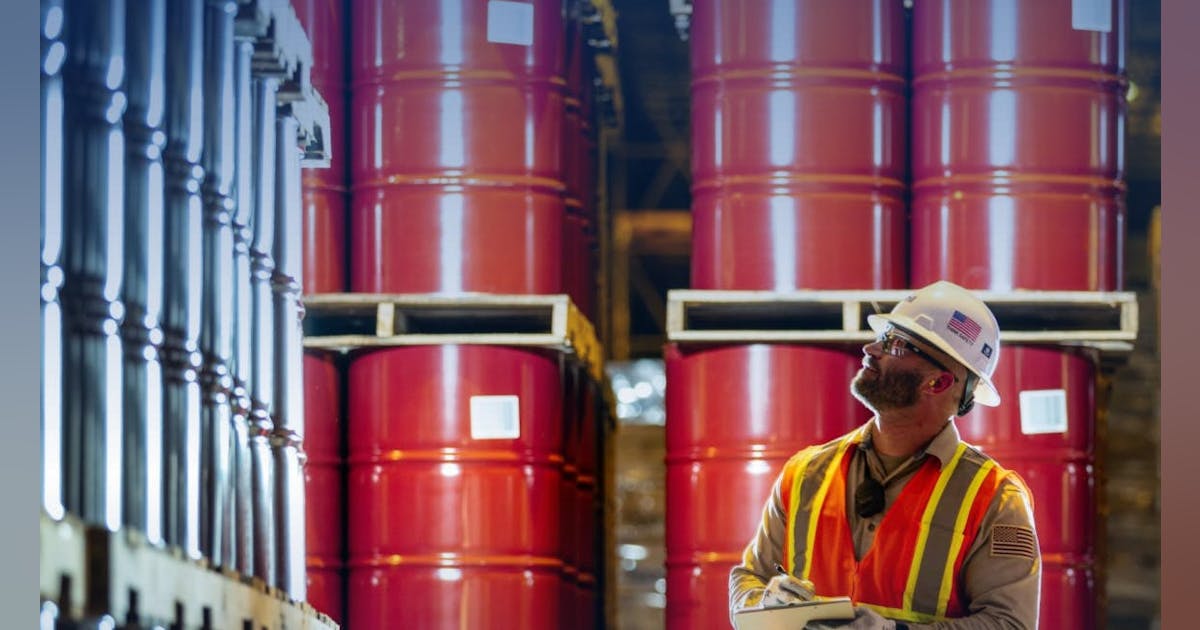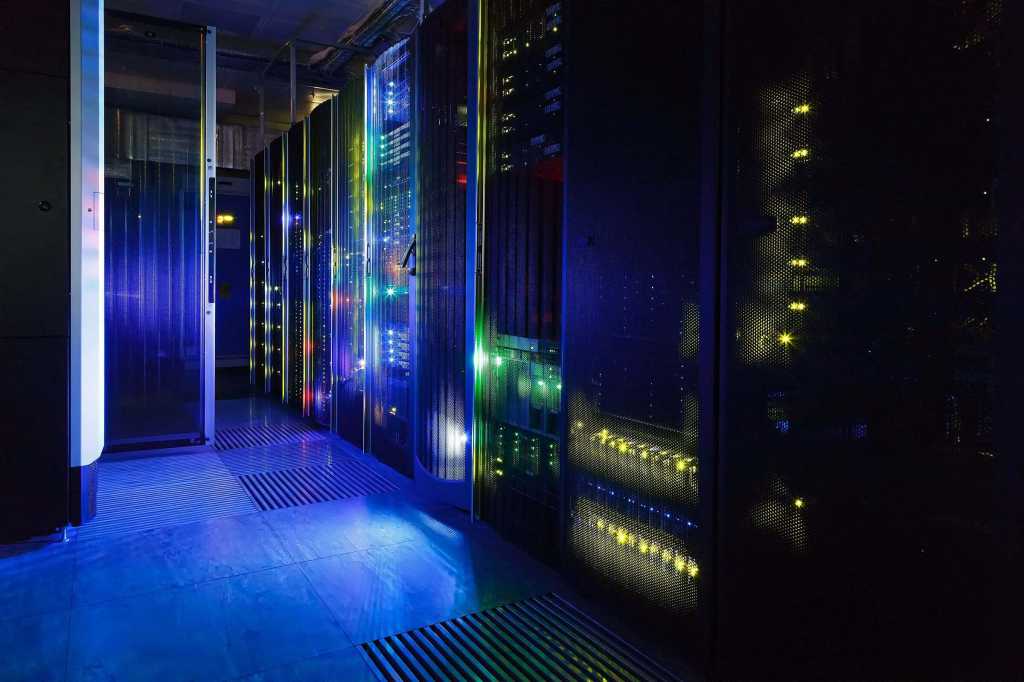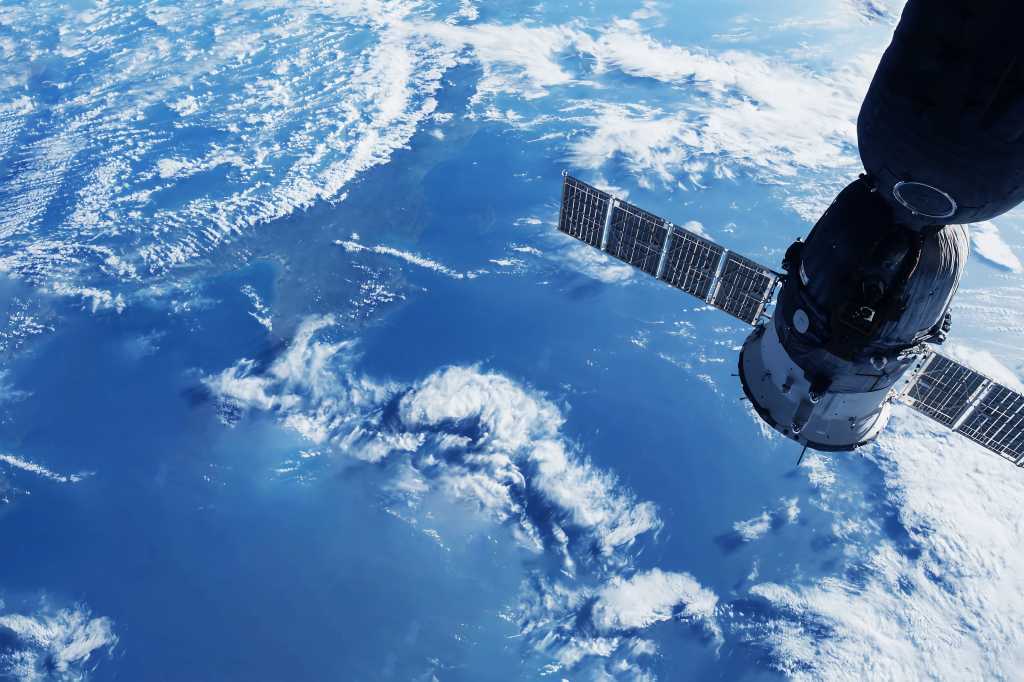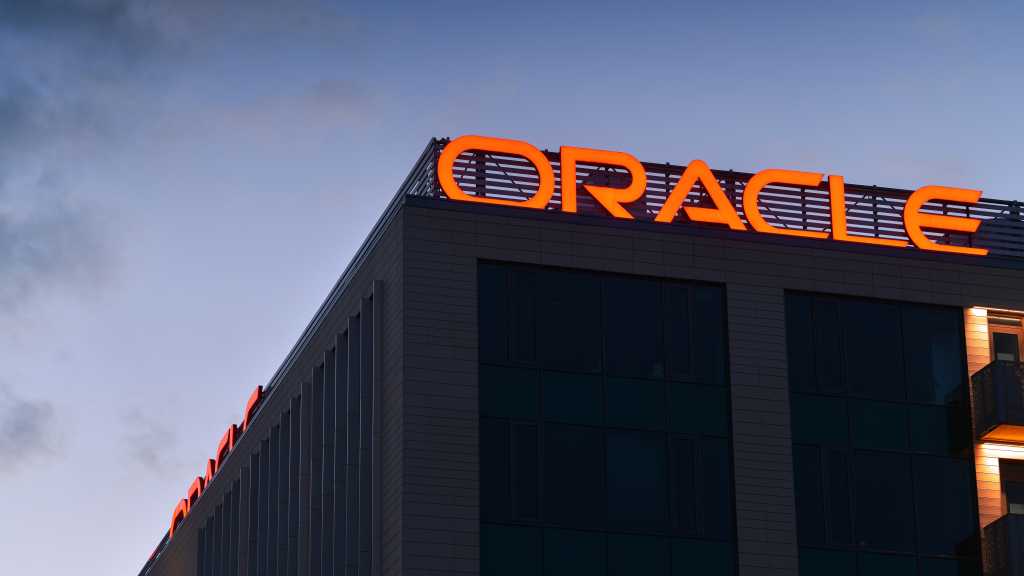
Shamus McGillicuddy, vice president of research at EMA, says that network execs today have a fuller understanding of the potential benefits of NaaS, beyond simply a different payment model.
NaaS can deliver access to new technologies faster and keep enterprises up-to-date as technologies evolve over time; it can help mitigate skills gaps for organizations facing a shortage of networking talent. For example, in a retail scenario, an organization can offload deployment and management of its Wi-Fi networks at all of its stores to a NaaS vendor, freeing up IT staffers for higher-level activities. Also, it can help organizations manage rapidly fluctuating demands on the network, he says.
2. Frameworks help drive adoption
Industry standards can help accelerate the adoption of new technologies. MEF, a nonprofit industry forum, has developed a framework that combines standardized service definitions, extensive automation frameworks, security certifications, and multi-cloud integration capabilities—all aimed at enabling service providers to deliver what MEF calls a true cloud experience for network services.
The blueprint serves as a guide for building an automated, federated ecosystem where enterprises can easily consume NaaS services from providers. It details the APIs, service definitions, and certification programs that MEF has developed to enable this vision. The four components of NaaS, according to the blueprint, are on-demand automated transport services, SD-WAN overlays and network slicing for application assurance, SASE-based security, and multi-cloud on-ramps.
3. The rise of campus/LAN NaaS
Until very recently, the most popular use cases for NaaS were on-demand WAN connectivity, multi-cloud connectivity, SD-WAN, and SASE. However, campus/LAN NaaS, which includes both wired and wireless networks, has emerged as the breakout star in the overall NaaS market.
Dell’Oro Group analyst Sian Morgan predicts: “In 2025, Campus NaaS revenues will grow over eight times faster than the overall LAN market. Startups offering purpose-built CNaaS technology will gain scale by working with service providers. This will push the growth of the LAN-as-a-Utility service higher than other types of CNaaS.” According to Dell’Oro, the leading players in CNaaS include Nile, Meter, Join Digital, and Ramen Networks, some of which are expanding their offerings in 2025.























